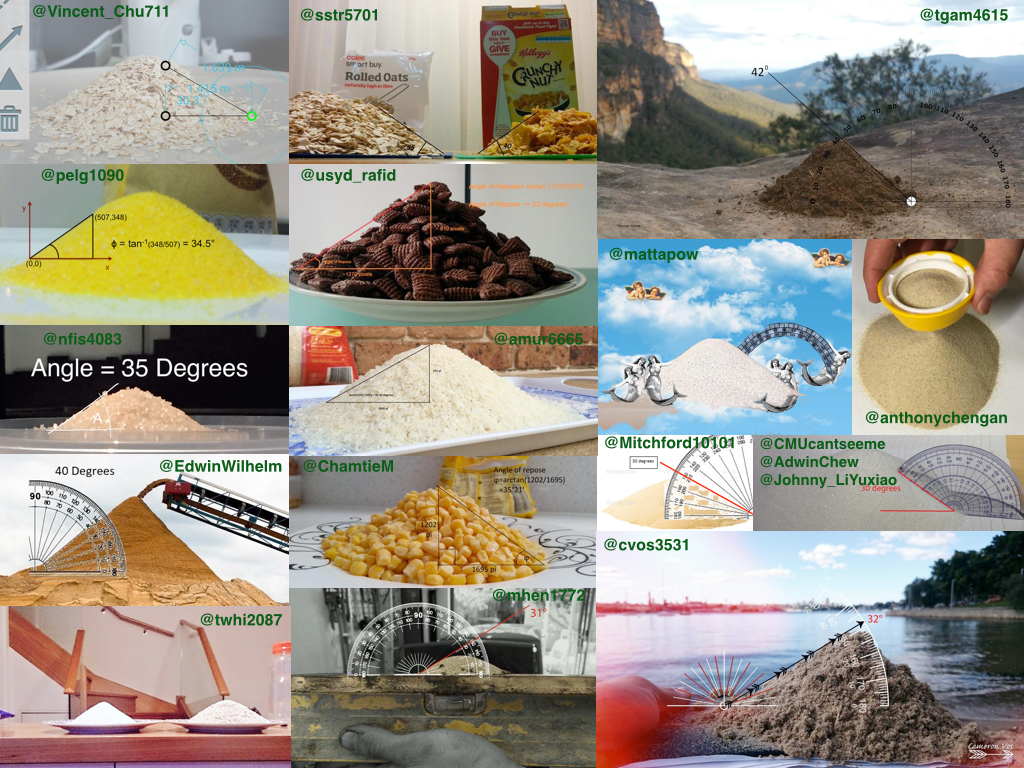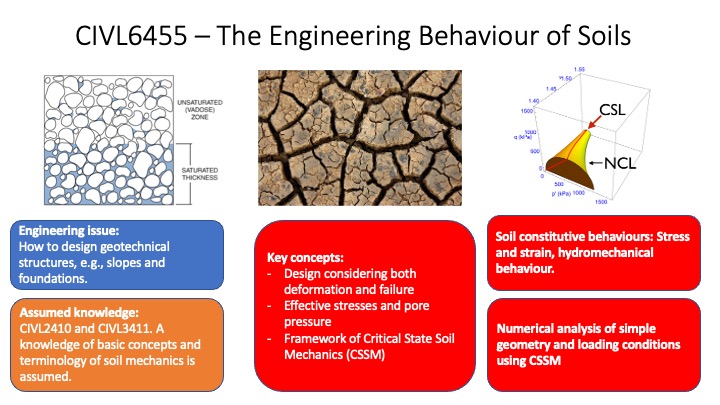Portfolio item number 1
Short description of portfolio item number 1
Short description of portfolio item number 1
Short description of portfolio item number 2 
Published in Journal 1, 2009
This paper is about the number 1. The number 2 is left for future work.
Recommended citation: Your Name, You. (2009). "Paper Title Number 1." Journal 1. 1(1).
Download Paper | Download Slides | Download Bibtex
Published in Journal 1, 2010
This paper is about the number 2. The number 3 is left for future work.
Recommended citation: Your Name, You. (2010). "Paper Title Number 2." Journal 1. 1(2).
Download Paper | Download Slides
Published in Journal 1, 2015
This paper is about the number 3. The number 4 is left for future work.
Recommended citation: Your Name, You. (2015). "Paper Title Number 3." Journal 1. 1(3).
Download Paper | Download Slides
Published in GitHub Journal of Bugs, 2024
This paper is about fixing template issue #693.
Recommended citation: Your Name, You. (2024). "Paper Title Number 3." GitHub Journal of Bugs. 1(3).
Download Paper
Published in GitHub Journal of Bugs, 2024
This paper is about a famous math equation, \(E=mc^2\)
Recommended citation: Your Name, You. (2024). "Paper Title Number 3." GitHub Journal of Bugs. 1(3).
Download Paper
Published:
Title: From Pore-Resolved Interface Tracking Algorithm to Engineered PoroFluidics
Published:
Title: Granular Flow in a Rotating Drum: From Dry, Wet, to Submerged Conditions
Undergraduate coursework, School of Civil Engineering, The University of Sydney, 2011

Postgraduate coursework, School of Civil Engineering, The University of Sydney, 2016

Postgraduate coursework, School of Civil Engineering, The University of Sydney, 2019
This is an advanced course on geotechnical engineering. The Unit of Study will focus on the design and analyses of geotechnical applications related to energy and sustainability. This course covers essential geotechnical design concepts related to some of the current and emerging energy projects, starting from the governing mechanisms controlling heat and mass transfer, to designing geothermal foundations and geological storage facilities, as examples. Other energy geotechnical problems include the design and analyses of offshore foundations for oil and gas platforms, which must sustain unique and harsh loading conditions, and carbon geosequestration facilities subjected to high temperatures, pressures and hydrological conditions. The course concerns with the constitutive behaviour of soils, including stress, strain, heat and mass transfer, and the application of this knowledge in practical engineering problems. Theme topics related with these materials will be discussed with specific emphases on the areas of energy and environmental engineering. This course aims to develop theoretical and numerical skills for students interested in structural and geotechnical engineering.
Undergraduate course (intensive mode), School of Civil Engineering, The University of Sydney, 2022
Unit will focus on Engineering Statics, covering topics such as resolution of forces and moments, free body diagrams, support reactions, equilibrium in rigid bodies, trusses frames and machines, method of sections, method of joints, centroids, distributed forces, vibrations and friction. There will be extensive use of both 2D and 3D examples and solution methods by either resolution in the principle axes or by using vectors. Its main aim is to prepare students for 2nd year civil units such as Structural Mechanics.